Table of Contents
- Introduction: What Is in Curry Powder?
- The Basics: Understanding the Components of Curry Powder
- Common Spices Found in Curry Powder
- Types of Curry and Their Unique Ingredients
- Cooking Tips: How to Use Curry Powder Like a Pro
- Buying Guide: Choosing the Right Curry Powder for You
- Frequently Asked Questions About Curry Powder
- Conclusion: Embrace the Magic of Curry
Curry powder is a spice blend made from a combination of ground spices. The primary ingredients include turmeric (for vibrant color and earthy flavor), cumin (for warm, nutty notes), coriander (citrusy sweetness), fenugreek, mustard seeds, black pepper, and chili powder. According to culinary experts and traditional South Asian recipes, these core spices form the foundation of authentic curry powder, with variations based on regional preferences.
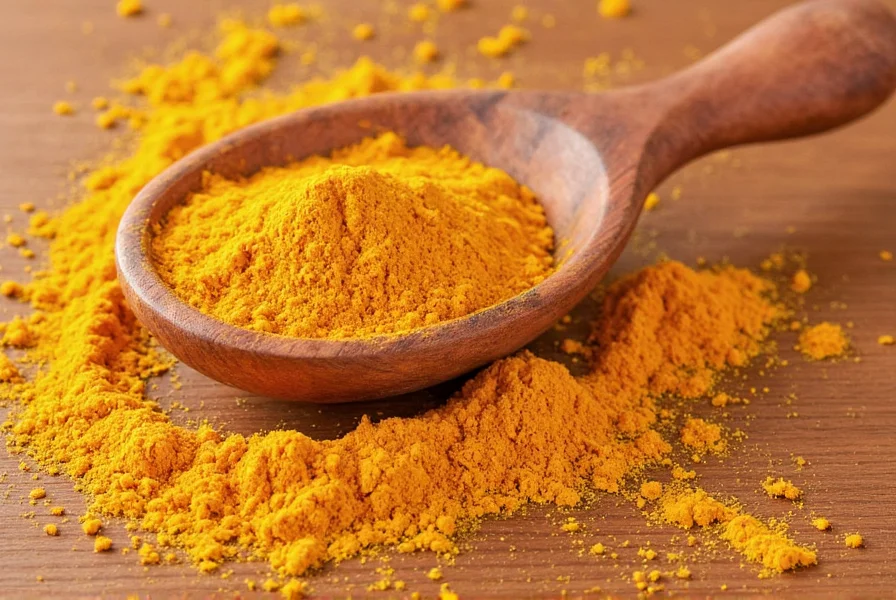
The Basics: Understanding the Components of Curry Powder
Curry powder is not a single spice but a carefully balanced blend. The exact composition varies by region, but most blends include the following essential spices:
- Turmeric: Provides the characteristic yellow hue and mild, earthy base flavor. It's the most abundant ingredient in most blends.
- Cumin: Adds a deep, warm, and slightly smoky aroma that enhances the overall complexity.
- Coriander: Contributes a fresh, citrusy note that balances the heat and earthiness.
- Fenugreek: Offers a subtle maple-like sweetness and helps thicken sauces when cooked.
- Mustard Seeds: When toasted, they release a pungent, nutty kick that adds depth.
- Black Pepper: Provides gentle heat and enhances the other spices' flavors.
- Chili Powder: Adjusts the spice level; some blends omit it for milder versions.
Additional ingredients like garlic powder, ginger, or cinnamon may appear in specific regional variations. Authentic curry powder typically contains no artificial additives or fillers—just pure, high-quality spices.
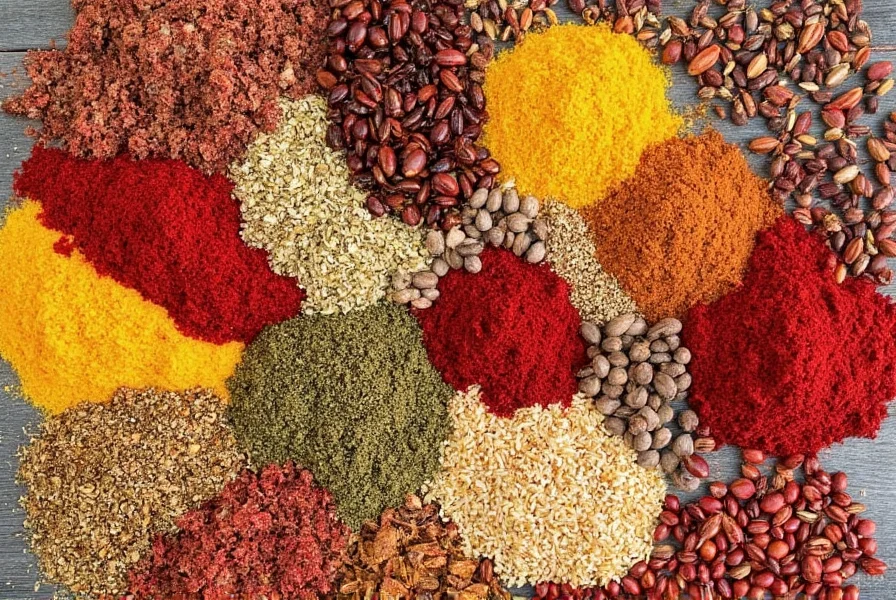
Common Spices Found in Curry Powder
Each spice in curry powder serves a distinct purpose. Here's how they contribute to the blend's signature profile:
- Turmeric: The backbone of color and mild bitterness; contains curcumin, known for anti-inflammatory properties.
- Cumin: Provides the dominant savory note; essential for traditional Indian and Middle Eastern dishes.
- Coriander: Balances cumin's intensity with bright, lemony freshness.
- Fenugreek: Adds a unique sweetness and helps emulsify sauces; often overlooked but critical for depth.
- Mustard Seeds: Best toasted to unlock their nutty flavor; common in South Indian blends.
- Black Pepper: Enhances bioavailability of turmeric's curcumin; adds gentle heat.
- Chili Powder: Adjusts heat level; Kashmiri chili powder is preferred for color without excessive spice.
Professional chefs emphasize that the ratio of these spices determines the blend's character. For example, a North Indian curry powder might use more cumin and coriander, while a Thai-inspired version could include lemongrass or galangal.
| Type of Curry | Main Ingredients | Flavor Profile |
|---|---|---|
| Indian Curry | Turmeric, cumin, coriander, garam masala, chili | Rich, aromatic, and slightly spicy |
| Thai Green Curry | Green chilies, lemongrass, kaffir lime leaves | Spicy, fresh, and fragrant |
| Japanese Katsu Curry | Ketchup, soy sauce, vegetables | Sweet, savory, and comforting |
| Caribbean Curry | Pepper, garlic, onions, coconut milk | Warm, creamy, and bold |
Each regional variation adapts the core spices to local tastes. For instance, Japanese curry powder often includes apple or honey for sweetness, while Caribbean blends incorporate allspice and Scotch bonnet peppers for heat.
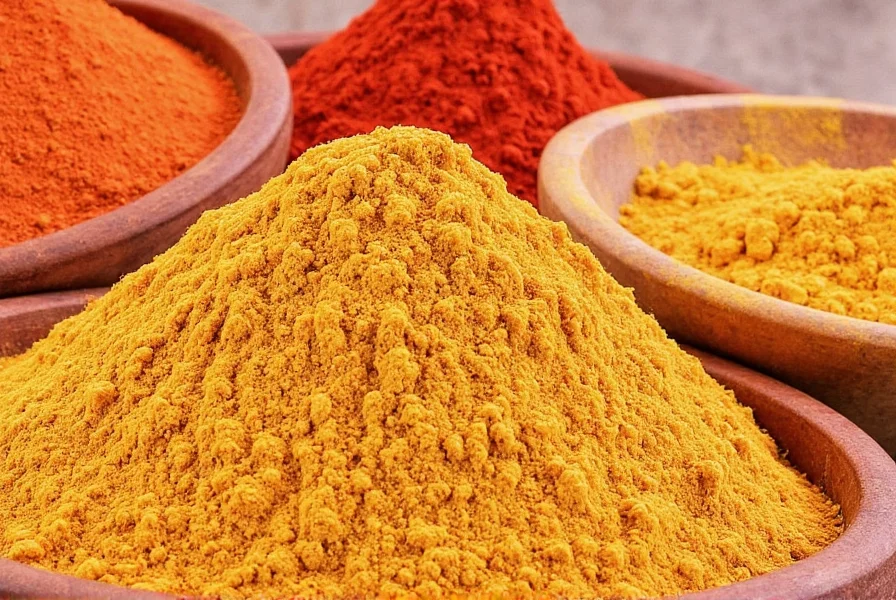
Cooking Tips: How to Use Curry Powder Like a Pro
Mastering curry powder starts with understanding how to activate its flavors:
- Toast whole spices first: Dry-toast whole cumin, coriander, and mustard seeds before grinding to release essential oils. This step is critical for authentic flavor.
- Bloom in oil: Sauté curry powder in hot oil or ghee for 30-60 seconds before adding liquids. This prevents bitterness and intensifies aroma.
- Balance with acidity: Add a splash of lemon juice or tamarind at the end to brighten the dish.
- Pair with complementary ingredients: Combine with onions, garlic, tomatoes, and coconut milk for depth. For dairy-based curries, use yogurt or cream to mellow the heat.
- Store properly: Keep in an airtight container away from light; replace every 6 months for peak freshness.
Professional chefs like Madhur Jaffrey recommend using curry powder as a base for sauces, then finishing with fresh herbs like cilantro for complexity. Remember: less is often more—start with 1 teaspoon per serving and adjust to taste.
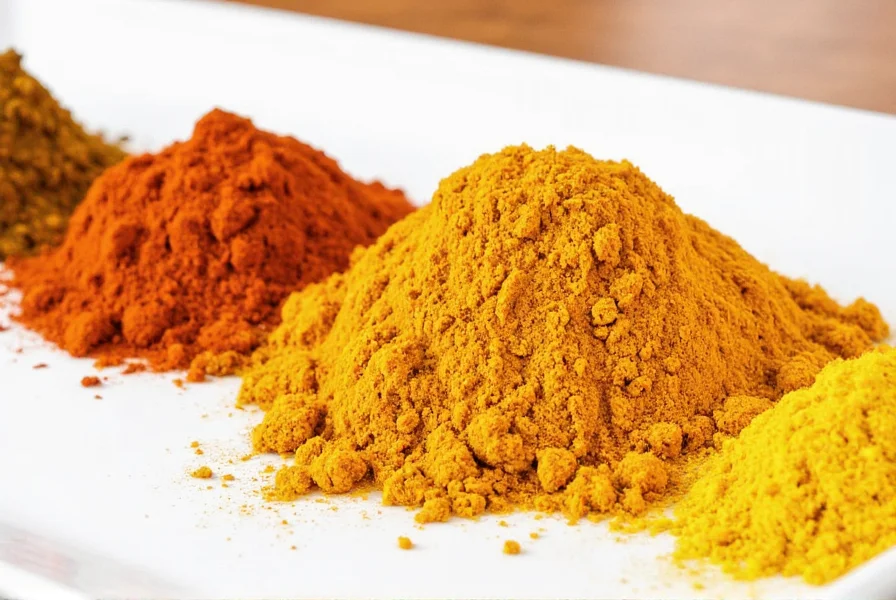
Buying Guide: Choosing the Right Curry Powder for You
Not all curry powders are equal. Here's how to select the best for your needs:
Key Features to Look For
- Ingredients List: Opt for blends with 100% pure spices—no fillers like flour or anti-caking agents. Check for transparency in sourcing.
- Origin: Indian curry powders (e.g., from Kerala or Punjab) typically follow traditional recipes. Thai or Japanese blends will specify regional ingredients.
- Heat Level: Mild (low chili), medium (balanced), or hot (high chili). Look for specific chili types like Kashmiri for color without extreme heat.
- Packaging: Choose opaque, airtight containers to preserve freshness. Avoid clear jars exposed to light.
Recommended Products
Based on culinary expert reviews and industry standards:
- Spice House Madras Curry Powder: Authentic Indian blend with turmeric, cumin, coriander, and fenugreek. Ideal for traditional dishes.
- Maesri Thai Green Curry Paste: Contains fresh lemongrass and kaffir lime leaves for authentic Thai flavor (note: paste, not powder).
- House of Curries Japanese Curry Mix: Sweet and savory with apple and honey; perfect for katsu curry.
- Simply Organic Caribbean Curry Powder: Features allspice and Scotch bonnet peppers for bold, tropical heat.
For home cooks, look for blends certified by organizations like the USDA or Fair Trade to ensure quality and ethical sourcing.
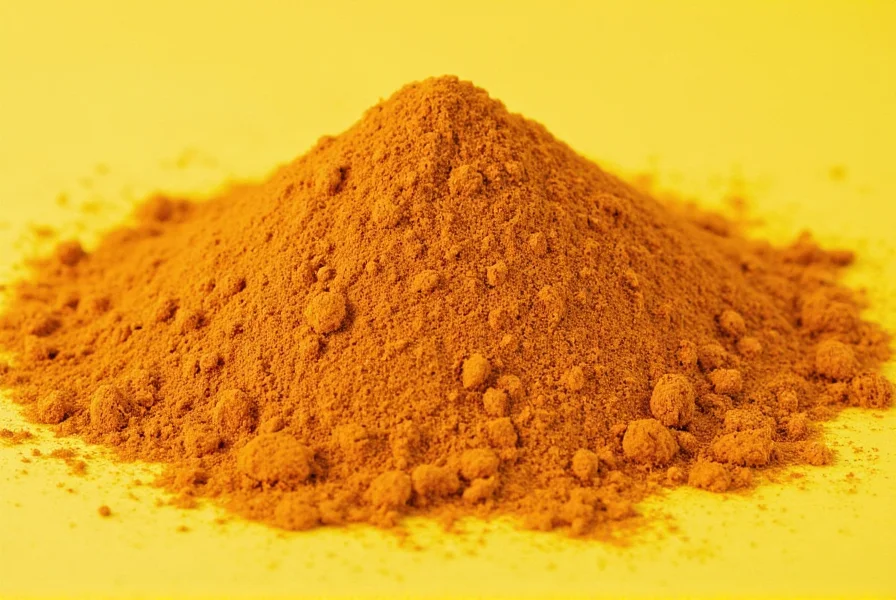
Frequently Asked Questions About Curry Powder
What is curry powder made of?
Curry powder is a blend of ground spices, typically including turmeric (for color), cumin, coriander, fenugreek, mustard seeds, black pepper, and chili powder. Authentic versions contain no artificial additives. Regional variations may add ingredients like garlic, ginger, or cinnamon, but the core remains consistent. According to the International Spice Association, turmeric usually makes up 20-30% of the blend.
Is curry powder the same in all countries?
No. Indian curry powder focuses on turmeric, cumin, and coriander. Thai "curry" typically uses fresh pastes (not dry powder) with lemongrass and galangal. Japanese curry incorporates ketchup and soy for sweetness, while Caribbean blends include allspice and Scotch bonnet peppers. The term "curry" itself originated from British colonialism and doesn't reflect authentic South Asian terminology.
What's the difference between curry powder and garam masala?
Curry powder contains turmeric (giving it yellow color) and is used as a base for curries. Garam masala is a warming blend without turmeric, typically including cinnamon, cardamom, cloves, and nutmeg. It's added at the end of cooking for aroma, while curry powder forms the foundation. Culinary experts like Romy Gill emphasize that garam masala is a finishing spice, not a curry base.
Can I make my own curry powder at home?
Yes. A simple recipe: toast 2 tbsp coriander seeds, 1 tbsp cumin seeds, and 1 tsp mustard seeds. Cool, then grind with 1 tbsp turmeric, 1 tsp fenugreek, 1 tsp black pepper, and ½ tsp chili powder. Store in an airtight container. This yields a fresh, aromatic blend with no fillers—superior to most store-bought versions. Professional chefs like Vikas Khanna recommend using whole spices for maximum flavor.
Does curry powder contain actual curry leaves?
No. Despite the name, commercial curry powder rarely includes curry leaves (Murraya koenigii). The term "curry" comes from British colonial interpretations of Indian dishes. Authentic South Indian recipes use fresh curry leaves separately, but they're not part of standard powder blends. If you want that distinct flavor, add fresh or dried curry leaves directly to your dish.
How long does curry powder last before losing its flavor?
Properly stored (in an airtight, dark container away from heat), curry powder retains peak flavor for 6-12 months. The essential oils evaporate over time, reducing potency. To test freshness, rub a pinch between your fingers—if the aroma is weak or dusty, replace it. Culinary experts like Nigella Lawson advise buying small quantities and using within 3 months for best results.
Conclusion: Embrace the Magic of Curry
Curry powder is more than a spice blend—it's a cultural bridge connecting global cuisines. From turmeric's vibrant color to cumin's warm depth, each component plays a vital role in creating unforgettable dishes. By understanding the core ingredients and using them thoughtfully, you can unlock endless culinary possibilities.
Next time you cook, remember: quality matters. Choose pure, fresh spices, and respect the traditions behind this iconic blend. Happy cooking!
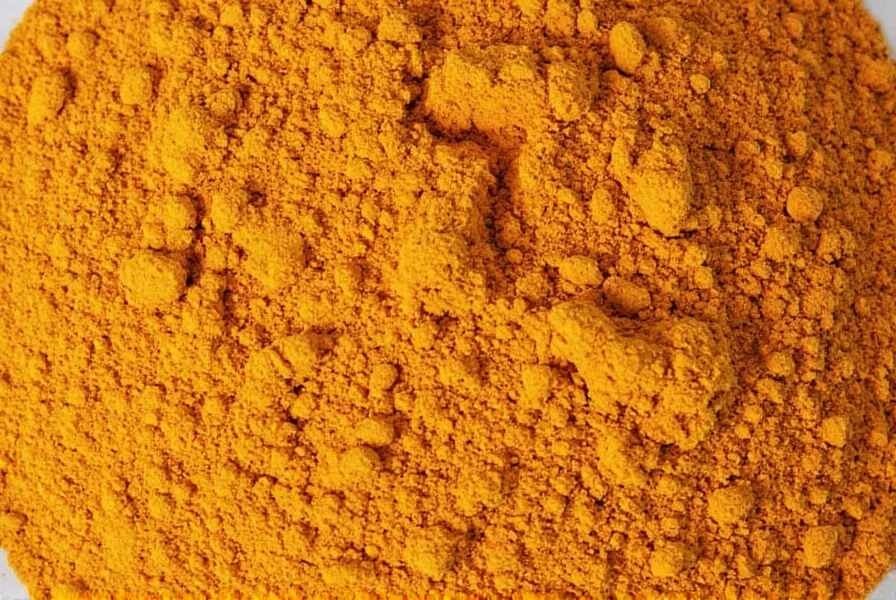

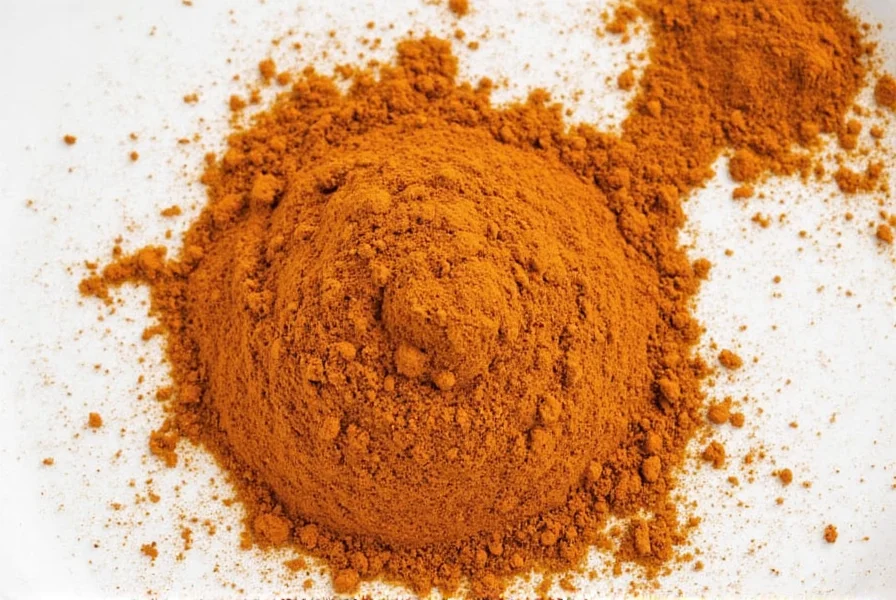









 浙公网安备
33010002000092号
浙公网安备
33010002000092号 浙B2-20120091-4
浙B2-20120091-4